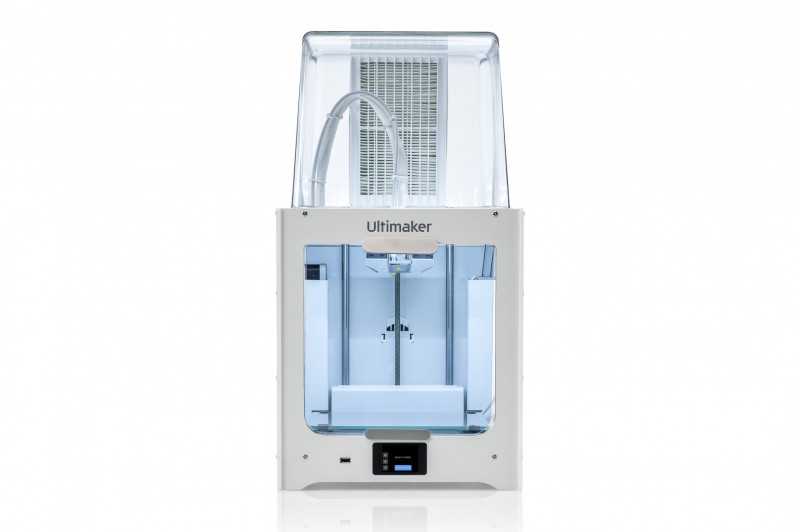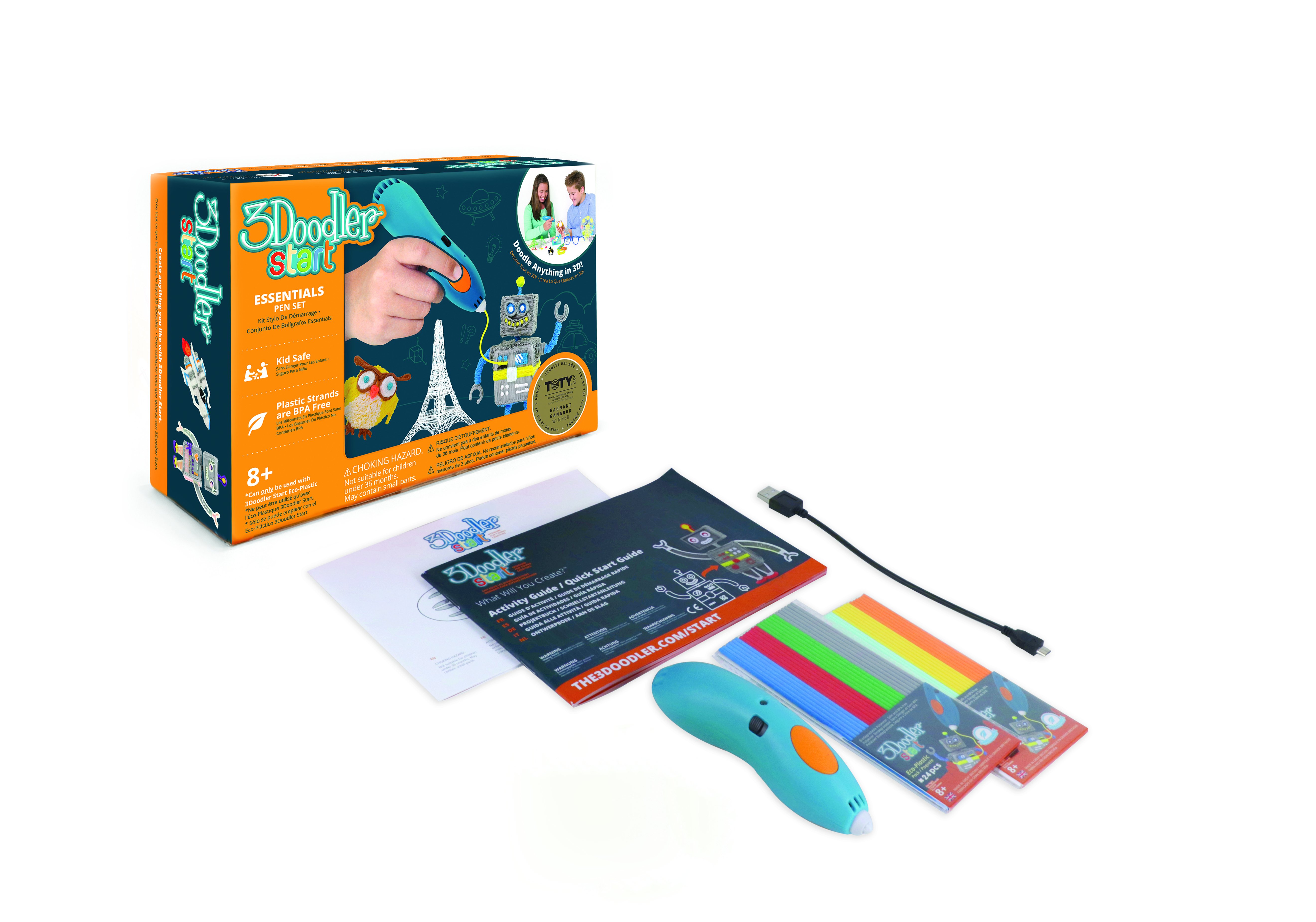3D Printing in Education
3D printing appeared in 1981 and was the preserve of research centers and some major giant companies. 3D printing is one of the digital manufacturing techniques, where the shape to be manufactured is designed through computers, and divided into successive layers to be sent finally to the printer for implementation. With the spread of these technologies at the beginning of 2010 and the increasing competition between manufacturers, 3D printers became available everywhere until they reached educational institutions such as schools and universities.
The presence of 3D printing in education with the teaching of this technology and the availability of its tools in schools and universities, the teacher is able to use this technology to provide various means of illustration. For example, it is possible to print three-dimensional models of terrain, mountains, flats and others for the geography course, as well as in the mathematics course where the teacher can clarify many engineering concepts The presence of 3D printers in educational institutions helps to create more opportunities for students for creativity and innovation.

Ultimaker 2+ Connect
This printer is the perfect solution for students and different educational institutions, as it can be used easily by students and teachers, regardless of their level of 3D printing experience.
The Ultimaker 2+ Connet is distinguished from its predecessor by many advantages such as the Air Manager attached cover and Wi-Fi control.
- Printing Technology: Fused Filament Fabrication
- Print size: 220 x 220 x 205 mm
- Filament Diameter: 2.85 mm
- Layer thickness: from 20 microns to 200 microns in the case of using a printing nozzle with a diameter of 4 mm
- Control: Via a 2.4-inch touch screen
- Accuracy in all three axes: 5 microns for the X axis and 12.5 microns for each of the YZ axis

3Doodler
To expand the perceptions of children and young people about 3D space and 3D printing, pens similar to traditional writing pens have been invented, but they draw in 3D by melting special plastic wires that the learner arranges in different ways to get models such as toys, educational aids and others
Applications
Scientific Research
3D printing enables researchers to quickly implement their experiments with significantly less time and effort than traditional manufacturing methods and with different materials such as plastic that can withstand heat and pressure, as well as different types of steel and copper.
Innovation
3D printing enables students to develop their projects and innovations using various printing materials, such as those used to print electronic circuit box for Internet of Things projects and 3D models with different materials for mechanical and chemical projects.
Aids
3D printing enables the teaching staff to develop aids for various courses, depending on the design of these models, or by using ready-made designs from other educational institutions or through open source sources.
